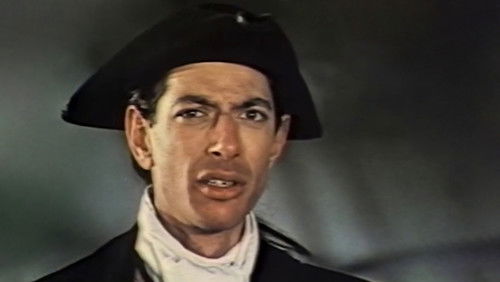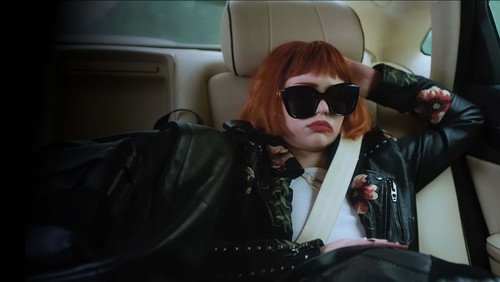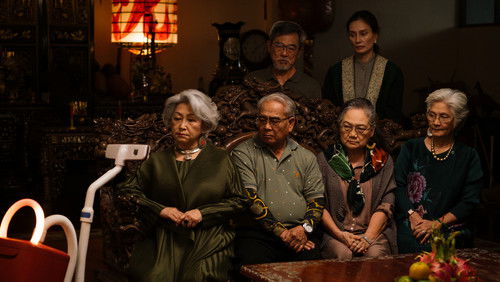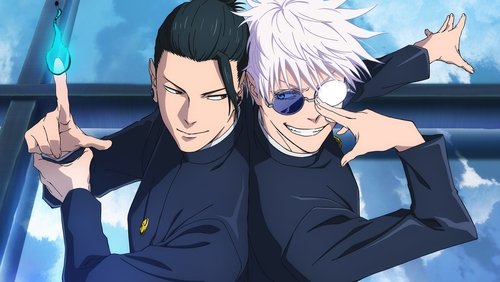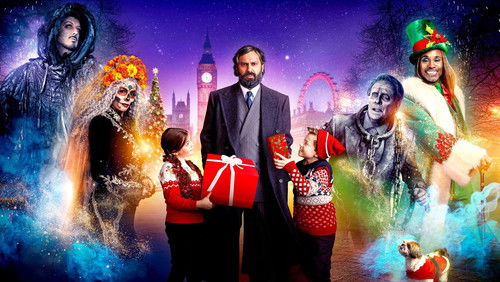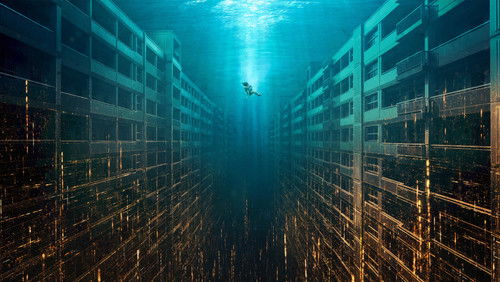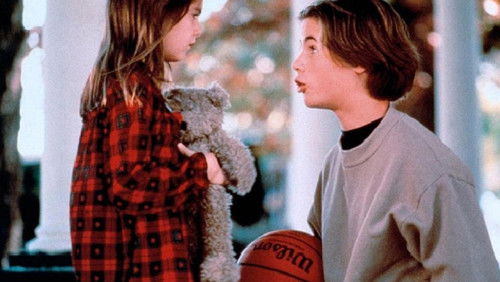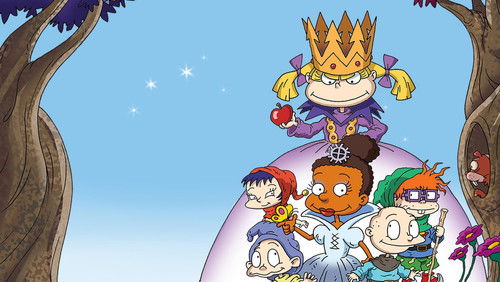Godzilla – Tokyo SOS (2003)
24KGodzilla – Tokyo SOS: Directed by Masaaki Tezuka, Koji Hashimoto, Kazuki Ohmori, Takao Okawara. With Noboru Kaneko, Miho Yoshioka, Mickey Koga, Hiroshi Koizumi. Mothra and her fairies return to Japan to warn mankind that they must return Kiryu to the sea, for the dead must not be disturbed. However Godzilla has survived to menace Japan leaving Kiryu as the nation’s only defense.
“I agree with reviewers who write that the film is competently made and reasonably entertaining, but I also agree that with this movie, the series seemed to have gotten stuck in a rut.u003cbr/u003eu003cbr/u003eIn fact, towards the end of what is known as the u0026quot;Heseiu0026quot; period of Godzilla films, the film-makers of the series developed a formula which became standardized for the u0026quot;Milleniumu0026quot; phase: as the movie opens, we find the humans worried about a possible attack from Godzilla. Then they either build another monster, or have one flown in. The two (or three) monsters have a big fight in down-town Tokyo, Godzilla is tossed back into the sea, the end.u003cbr/u003eu003cbr/u003eOf course, all genre films use formulas and conventions. But the stronger entries in any genre are precisely those in which the film-makers try out new approaches and variations to these formulas. In the so-called u0026quot;Showau0026quot; phase of the Godzilla films (1954- 1985), there were plenty of multi-monster wrestling matches and attacks on Tokyo, etc.; but there were also some weird experiments, some that worked (Son of Godzilla is highly entertaining, if one doesnu0026#39;t ask for much) and some that didnu0026#39;t (Godzillau0026#39;s Revenge). But the real point is that they were different, and challenged their viewers to decide whether the differences ought to be kept or scratched for the next episode in the series.u003cbr/u003eu003cbr/u003eBut with Tokyo S.O.S, it became clear that the u0026#39;Milleniumu0026quot; series writers and directors could only rarely innovate or improvise. The fight scenes in Tokyo became pretty much same-old same-old, film-to-film, and this is a dangerous thing to do when your protagonist is a guy in a rubber monster suit. When we see the same thing, film after film, we start getting bored, and when we start getting bored, we get distracted, and notice things like, hey, isnu0026#39;t that really just a guy in a rubber monster suit? Tokyo S.O.S. isnu0026#39;t quite down to this level; it is very professionally made. But thereu0026#39;s no doubt that by the time it was made, it was time for something new.”
